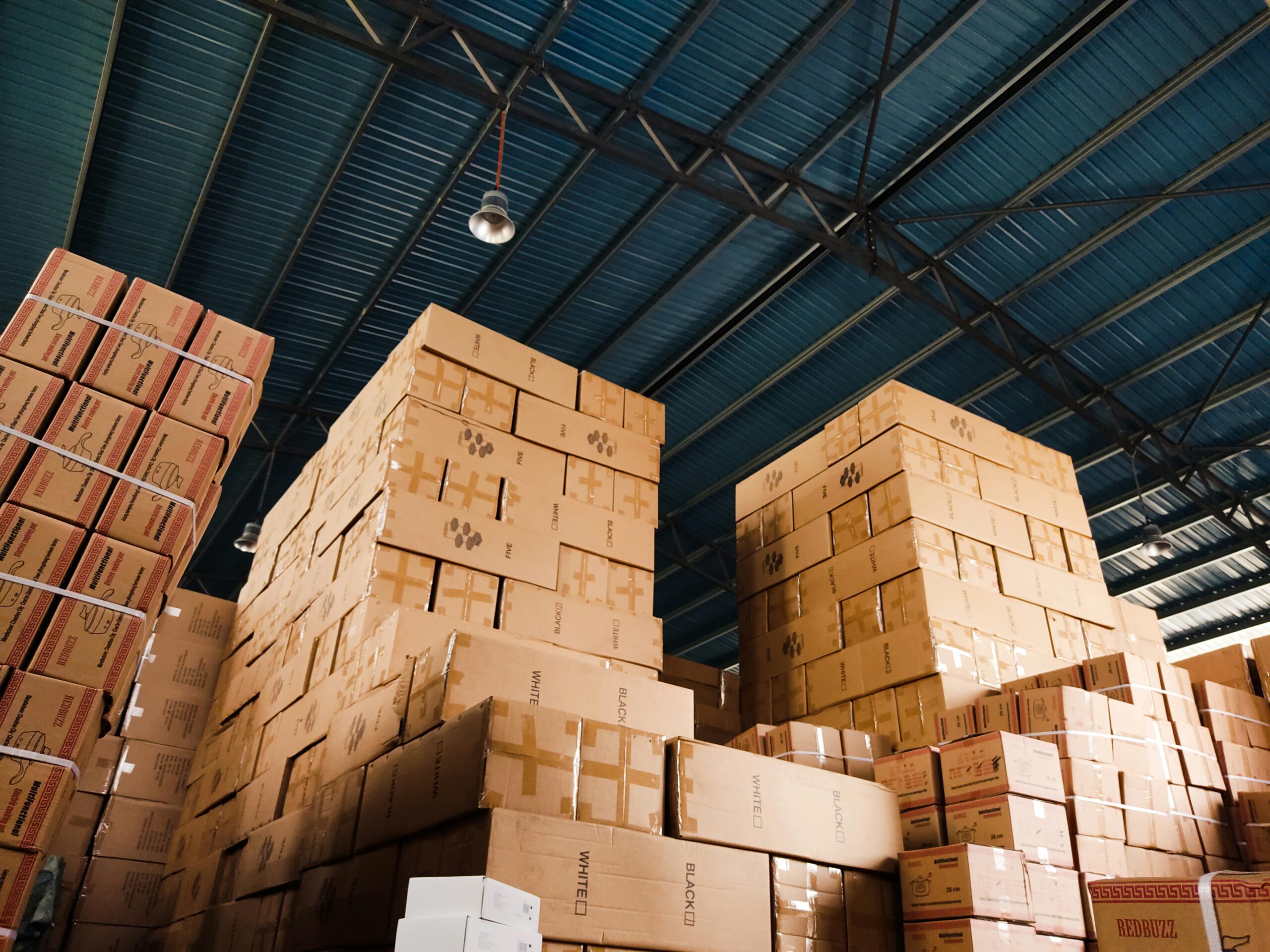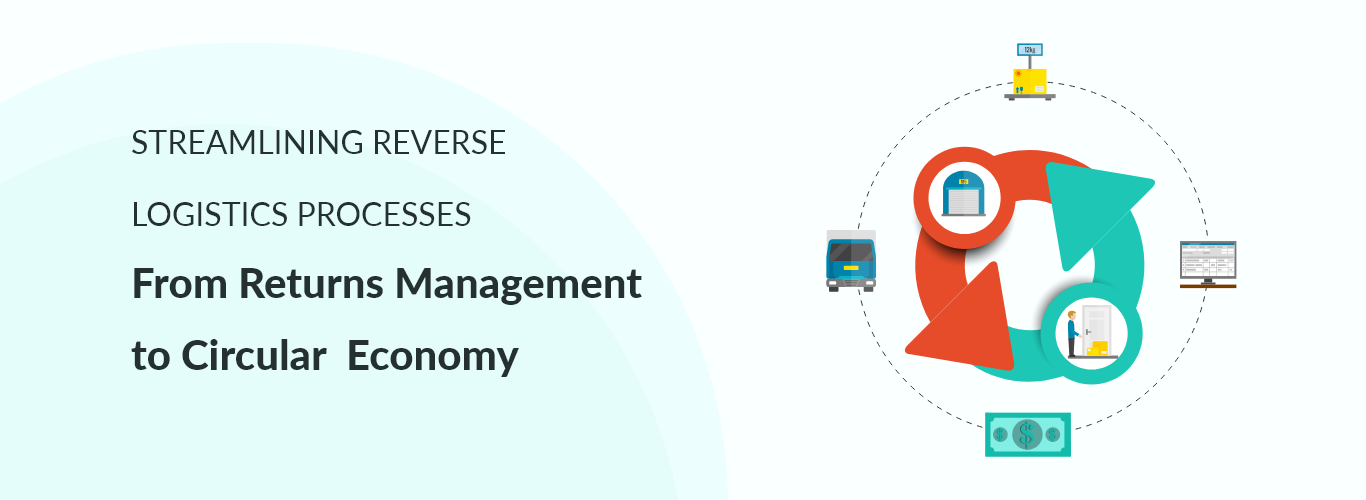Reverse Logistics: Transforming Supply Chains in 2025 and Beyond
In today’s fast-paced e-commerce landscape, reverse logistics plays a crucial role in modern supply chain management, impacting both customer satisfaction and operational efficiency. As businesses grapple with increasing return rates and evolving consumer expectations, understanding and optimizing reverse logistics has become more important than ever. This article delves into the current state of reverse logistics, explores emerging trends, and provides insights into how businesses can leverage this critical process to gain a competitive edge.
The Evolving Landscape of the Reverse Logistics Industry
The reverse logistics industry is experiencing rapid growth, with projections indicating a market value of $1.5 trillion by 2030. This represents a compound annual growth rate (CAGR) of 9.2% from 2023 to 2030. Several factors are driving this expansion:
- E-commerce Boom: The rise of online shopping has led to increased return rates, with the e-commerce returns market expected to reach $890 billion in 2024.
- Consumer Behavior: Today’s shoppers prioritize flexible return policies, with 59% considering return policies before making a purchase and 84% choosing retailers based on their return policy experience.
- Sustainability Focus: Growing environmental concerns are pushing businesses to implement more sustainable reverse logistics practices, with 86% of retailers having already adopted sustainability strategies.
Key Metrics Shaping the Industry
To understand the impact of reverse logistics on businesses, consider these critical metrics:
- Average E-commerce Return Rate: 16.9% (nearly 17 products returned per 100 sold)
- Processing Cost Range: 20-65% of the original item value
- Fraudulent Returns: 15% of all returns, costing businesses $130 billion annually
- Return Processing Cost: $30 per $100 of merchandise
These figures highlight the significant financial implications of reverse logistics and underscore the need for efficient management strategies.
Key Strategies for Effective Reverse Logistics Management
Effective reverse logistics management can significantly reduce costs and improve customer loyalty for e-commerce businesses. Here are some key strategies to consider:
- Streamline Return Processes: Implement user-friendly return portals and provide clear instructions to minimize customer frustration and reduce processing time.
- Data-Driven Decision Making: Utilize analytics to identify return patterns, predict future returns, and optimize inventory management.
- Smart Dispositioning: Implement AI-powered systems to determine the most profitable way to handle returned items, whether through resale, refurbishment, or recycling.
- Fraud Prevention: Employ advanced algorithms to detect and prevent fraudulent returns, protecting your bottom line.

Reverse Logistics BTS
Innovative Reverse Logistics Solutions Driving Efficiency
Implementing advanced reverse logistics solutions can lead to a 30% reduction in return processing costs. Let’s explore some cutting-edge technologies and approaches:
IoT Implementation Results
The integration of Internet of Things (IoT) technology in reverse logistics has shown promising results:
| Metric | Without IoT | With IoT | Improvement |
|---|---|---|---|
| Average Inventory Level | 57.11 units | 73.98 units | 29.5% |
| Service Level | Base | Improved | Significant |
| Real-time Tracking | Limited | Comprehensive | Enhanced |
These improvements demonstrate the potential of IoT to enhance visibility, optimize inventory management, and improve overall service levels in reverse logistics operations.
AI and Machine Learning Applications
Artificial Intelligence (AI) and Machine Learning (ML) are revolutionizing reverse logistics in several ways:
- Predictive Analytics: AI algorithms can forecast return rates and identify potential issues before they occur.
- Automated Sorting: ML-powered systems can quickly categorize returned items and determine the best course of action.
- Customer Behavior Analysis: AI can analyze customer return patterns to personalize policies and reduce return abuse.
Comprehensive Reverse Logistics Services for Modern Businesses
Outsourcing to specialized reverse logistics services allows companies to focus on core competencies while optimizing their return processes. Here’s an overview of leading solutions in the market:
| Solution |
Key Features |
Target Market |
Specialization |
|---|---|---|---|
|
ReverseLogix |
Returns management, analytics & tracking, fraud prevention |
Enterprise E-commerce |
Comprehensive returns management |
|
Optoro |
Smart dispositioning, returns optimization, customer loyalty tools |
Retail & E-commerce |
Returns optimization |
|
RLA Solutions |
Industry research, best practices, network access |
Cross-industry |
Industry standards & education |
These platforms offer a range of features designed to address the unique challenges of reverse logistics, from returns processing to data analysis and fraud prevention.
Building a Robust Reverse Logistics System for Success
To create a successful reverse logistics system, businesses should focus on the following key performance indicators (KPIs):
-
Customer Experience:
- Return Rate
- Customer Satisfaction
- Repurchase Rate
-
Operational Efficiency:
- Processing Time
- Inventory Accuracy
- Cost per Return
-
Financial Impact:
- Recovery Rate
- Disposition Optimization
- Fraud Prevention
By monitoring and optimizing these metrics, companies can build a reverse logistics system that not only reduces costs but also enhances customer loyalty and drives revenue growth.
Real-World Reverse Logistics Examples from Industry Leaders
Let’s examine how some industry leaders are implementing effective reverse logistics strategies:
- Amazon: The e-commerce giant uses AI to determine whether a return should be resold, refurbished, or liquidated, maximizing recovery value.
- Walmart: By partnering with FedEx, Walmart has implemented a “Box-free” return system, allowing customers to return items without original packaging, improving convenience and reducing waste.
- Apple: The company’s trade-in program is a prime example of reverse logistics supporting sustainability goals while also driving new sales.
These examples demonstrate how innovative approaches to reverse logistics can create win-win situations for both businesses and customers.
Future Outlook and Recommendations
As we look towards 2025 and beyond, several trends are shaping the future of reverse logistics:
- Circular Economy Focus: More businesses will adopt circular economy principles, emphasizing product longevity, reuse, and recycling.
- Advanced Analytics: Predictive and prescriptive analytics will become standard, allowing for more proactive management of returns.
- Automation and Robotics: Increased use of automated systems and robots in warehouses will speed up return processing and reduce errors.
- Personalized Return Policies: Companies will leverage data to offer tailored return policies based on customer behavior and product categories.
To stay ahead in this evolving landscape, businesses should consider the following recommendations:
- Invest in Technology: Implement IoT, AI, and ML solutions to enhance visibility and decision-making in your reverse logistics processes.
- Focus on Sustainability: Develop strategies to minimize waste and maximize the value recovery of returned items.
- Enhance Customer Experience: Streamline the return process and use it as an opportunity to build customer loyalty.
- Collaborate with Specialists: Partner with reverse logistics experts to leverage their knowledge and technology.
- Continuous Improvement: Regularly analyze your reverse logistics data and KPIs to identify areas for optimization.
Conclusion
Reverse logistics is no longer just an afterthought in supply chain management. It has become a critical factor in customer satisfaction, operational efficiency, and sustainability efforts. By embracing innovative technologies, focusing on key metrics, and implementing best practices, businesses can turn their reverse logistics operations into a competitive advantage.
As you consider optimizing your reverse logistics strategy, explore our related resources on supply chain management, e-commerce optimization, and sustainability in business. These interconnected topics can provide valuable insights to help you build a more resilient and efficient supply chain for the future.


